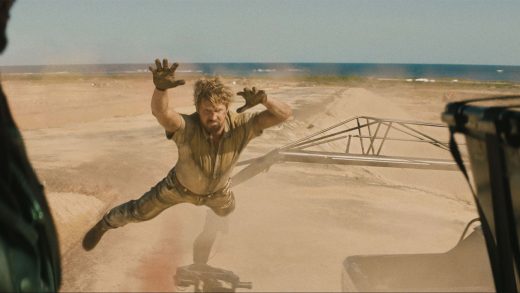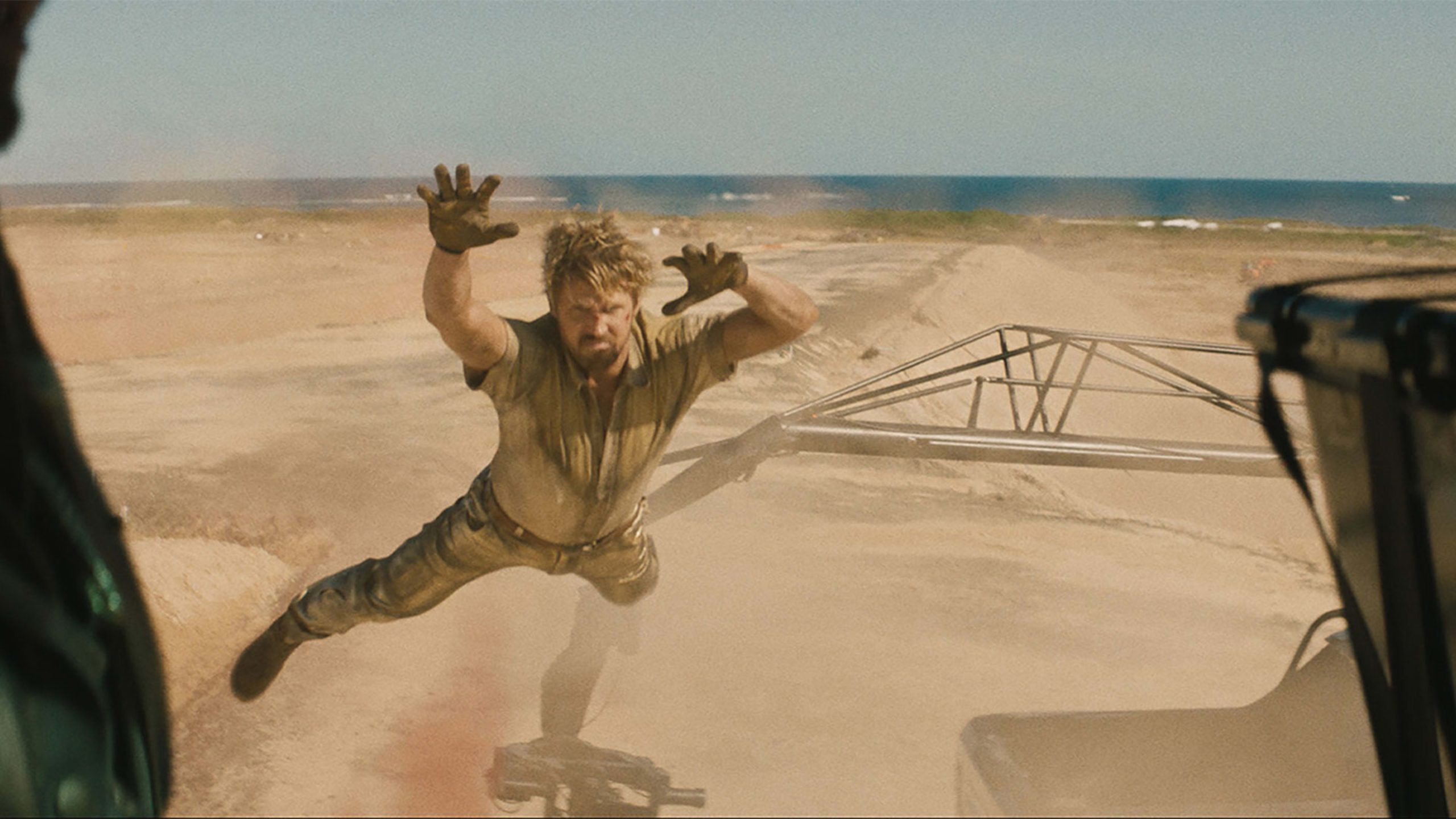‘The Fall Guy’ is now streaming after just 17 days in theaters. Are summer movies in trouble?
‘The Fall Guy’ is now streaming after just 17 days in theaters. Are summer movies in trouble?
Following a disappointing theatrical debut, Ryan Gosling’s would-be summer hit is already available to watch online. But the move may not be as bad as it sounds.
It was supposed to be the blockbuster that jump-started 2024’s summer movie season. Instead, Ryan Gosling and Emily Blunt’s comedic action flick, The Fall Guy, is first on the chopping block.
After just 17 days in theaters, and a below-projections $63 million in domestic box office—the rapturously reviewed, exhaustively promoted romp is now streaming (on what the industry dubs premium video on demand or PVOD), to be devoured for around $20 to $25 by intrigued but unmotivated moviegoers. It’s a harsh comedown from the epic high of last year’s Barbenheimer phenomenon, dashing hopes for a continued rekindling of pre-2019 ticket sales. When coupled with last weekend’s similarly underperforming IF, The Fall Guy’s early move to streaming may set off alarm bells. But it may not be a death knell for summer movie season as we know it. Instead, the fate of The Fall Guy appears to reflect recent shifts in the marketplace—and may only be sad news for The Fall Guy.
While Gosling’s latest is one of the more high-profile, high-budgeted films to get a simultaneous streaming release so soon into its theatrical run, this practice has become increasingly common. The 17-day figure was first established in July of 2020, when Universal and AMC struck a deal to shrink the theatrical window from its then-standard 90 days, to accommodate peak pandemic viewing habits. Four months later, after the surreal spectacle of a Christopher Nolan film slowly bombing in theaters, Universal concocted a more complicated arrangement with Cinemark. In this new deal, a flop could migrate to digital in 17 days, but any film that made at least $50 million in its opening weekend would have to play exclusively in theaters for five full weekends.
The following year, as vaccinated audiences trickled back into theaters, studios continued experimenting. Warner Bros. Discovery famously released all its 2021 movies in theaters and on HBO Max at the same time, but later reached a deal with AMC for a 45-day exclusive theatrical window starting the next year. The box office began showing signs of recovery, even before Top Gun: Maverick broke the billion-dollar barrier in 2022. And meanwhile, Universal extended to Regal Cinemas that same 17-day digital deal for movies that don’t open above $50 million. Just before Top Gun took off, Universal shunted its underperforming hard-R-rated Viking adventure, The Northman, to premium streaming. In that format, it was a hit, cementing a new blueprint for what to do when a film’s box office doesn’t immediately ignite.
The emergence of the quick digital pivot didn’t invent the idea of treating opening weekends like IPOs; it just gave the process a natural next step. It’s also an option that director Steven Soderbergh has wanted to implement for ages. In 2019, he told The Atlantic:
“What I don’t understand is why everyone in this business thinks there is one template that is gonna be the unified field theory of ‘windowing.’ The minute that I knew, which is usually around Friday at noon, that [my 2017 film] Logan Lucky wasn’t going to work and that [my 2018 film] Unsane was definitely not gonna work—as soon as that happens, the studio should let me drop the movie on a platform the next week. There should be a mechanism for when something dies at the box office like that.”
Now, there is one—and it turns out to be a potentially high-profit mechanism.
A New York Times report last summer revealed that revenue share for Universal on a premium digital release is close to 80% compared to roughly 50% from theatrical. That explains why the studio has been bullish on that option, not just with underperformers like The Northman and now The Fall Guy, but even solid midsize hits like 2023’s M3GAN, which landed on PVOD 17 days after opening—and eked out an additional $25 million there. More recently, Zendaya’s steamy tennis drama, Challengers, had a healthy opening in late April, quickly recouping its $55 million budget (and then some) from the global box office, and is already available on digital, in addition to theaters, where it can still serve as counterprogramming for Furiosa.
While theater chains likely bristle at the uptick in movies becoming available to stream while still in theaters, AMC can’t complain about the $4.81 billion it made in 2023—a 19% increase over the previous year. Last May, even before the whole Barbenheimer moment, outgoing CEO of the National Association of Theater Owners, John Fithian, described his outlook as: “the most optimistic I’ve been in 30 years about the future of the business.”
The decision of if and when a film goes to PVOD involves a calculus based on budget, time of year, competition, and, one assumes, attempted clairvoyance. The Super Mario Bros. Movie didn’t become a box office monster because of the 41 days Universal waited to put it on premium digital—where it earned an additional $75 million, by the way—rather, it stayed exclusively theatrical for 41 days because it was a box office monster. Studios still sometimes let a slow-building hit like Sydney Sweeney’s Anyone But You simmer at the box office for two months before dropping it on digital platforms; that’s just no longer the standard.
Are theaters generally training audiences to wait a short while for home-viewing if they don’t go to the theaters on opening weekend? Almost certainly. But would-be summer blockbusters that come up short shouldn’t be the fall guy for that.
ABOUT THE AUTHOR
(15)



